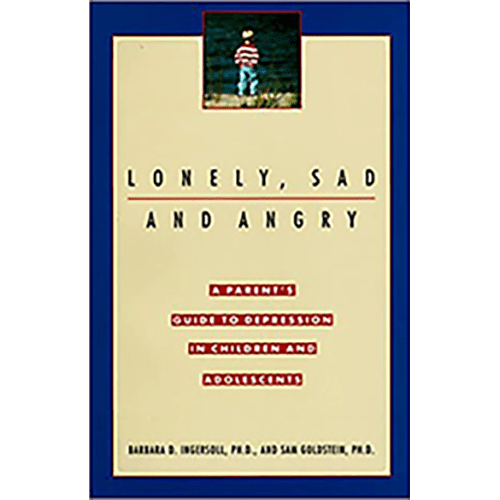Description
Author Barbara D. Ingersoll, Ph.D., and Sam Goldstein, Ph.D.
Publisher Doubleday
Format paperback
Condition like new
Summary
Lonely, Sad and Angry: A Parent's Guide to Depression in Children and Adolescents is an invaluable resource for any parent navigating the emotional struggles of their child. Written by psychologists Barbara D. Ingersoll, Ph.D., and Sam Goldstein, Ph.D., this compassionate and insightful guide demystifies childhood and adolescent depression, helping parents recognize early warning signs, understand causes, and implement practical, research-based solutions. The authors blend clinical expertise with accessible language, offering guidance on therapy, medication, and parenting strategies. Their thoughtful approach emphasizes hope, resilience, and the power of early intervention. This book is essential for those who want to support their child through difficult emotional terrain with empathy and knowledge.
